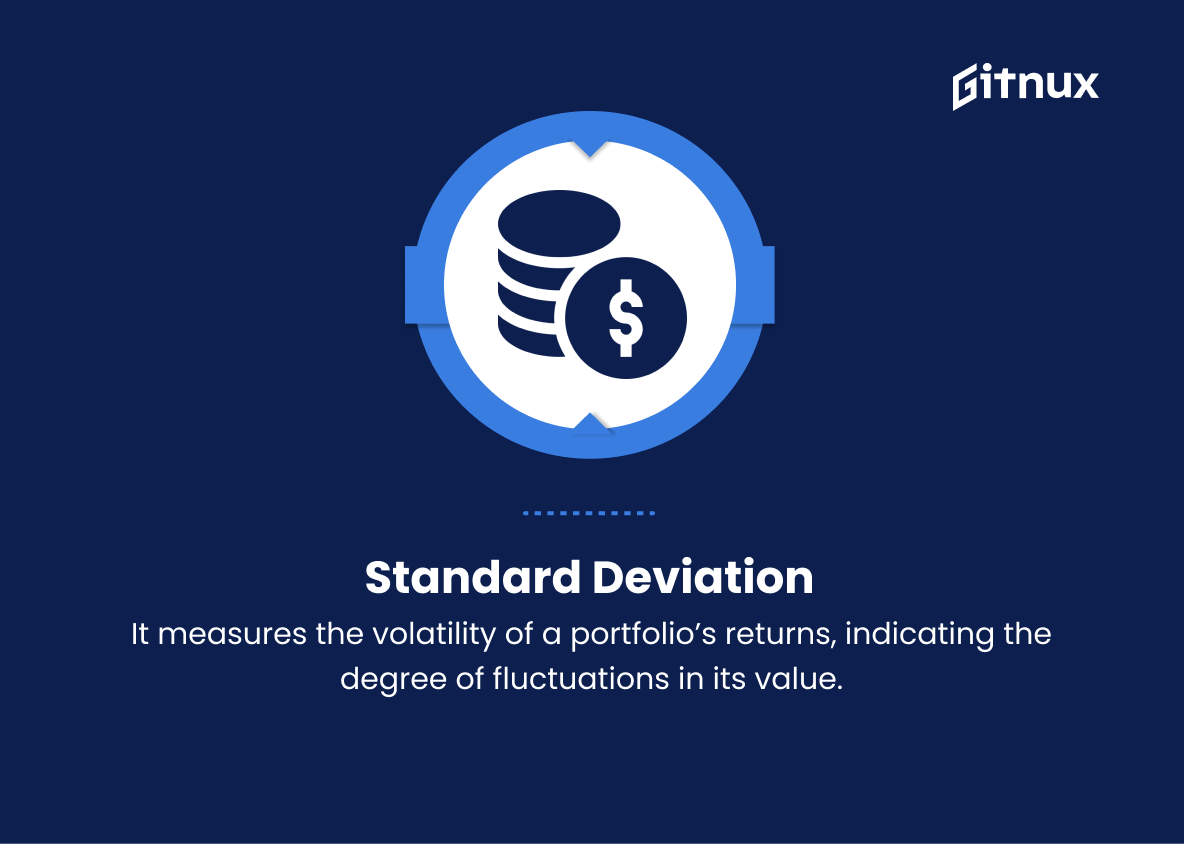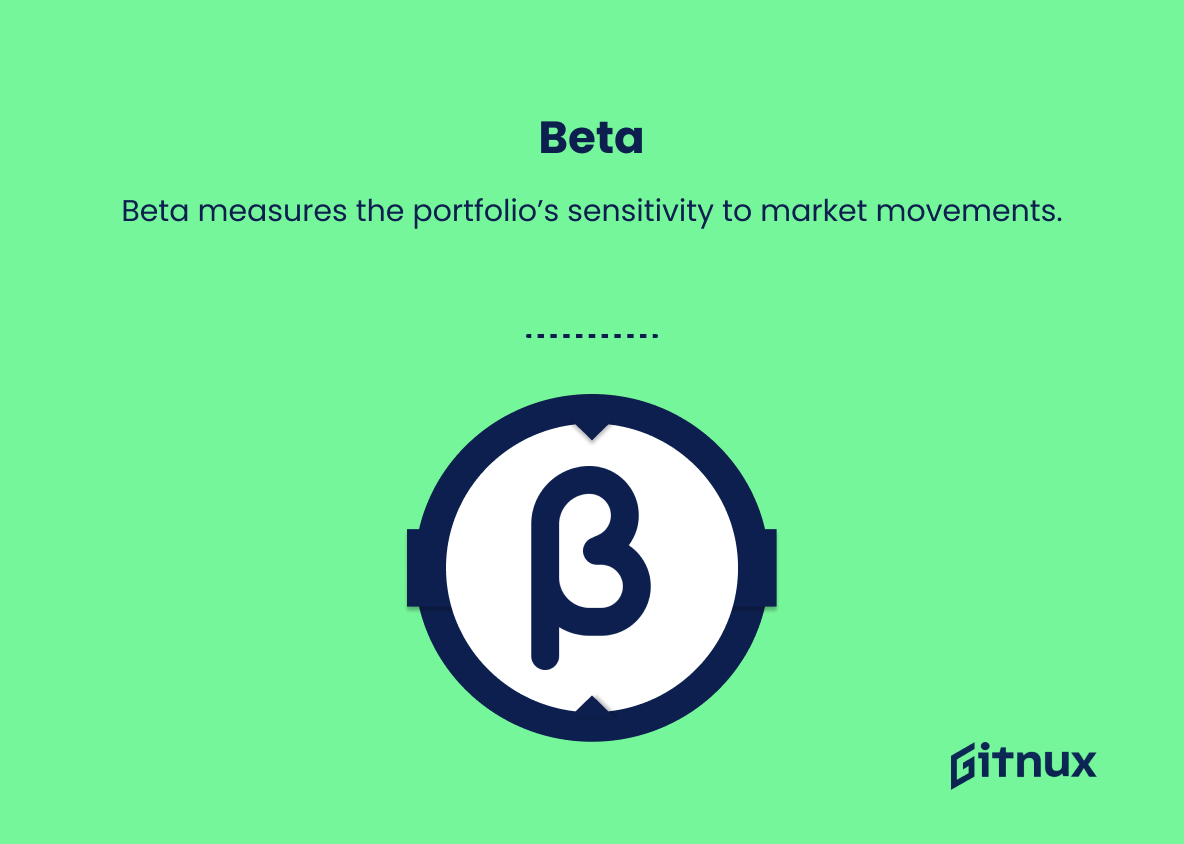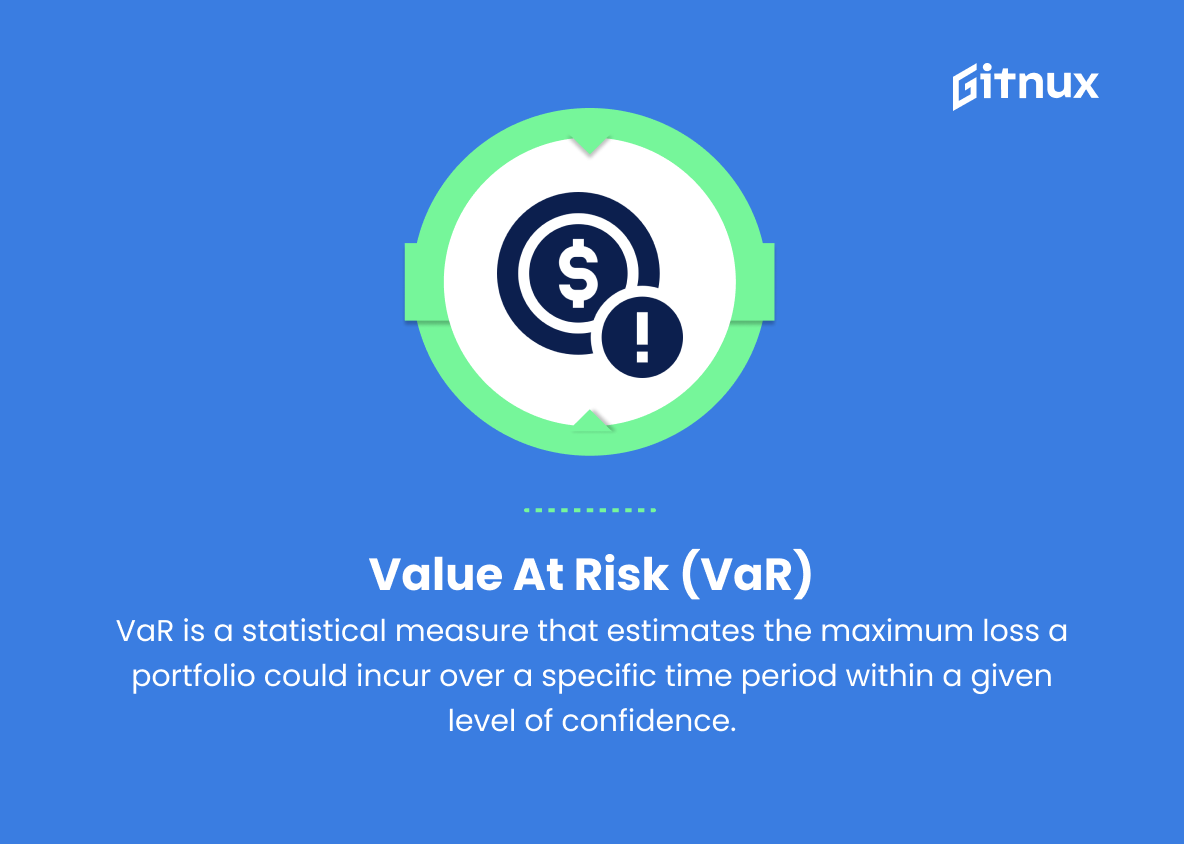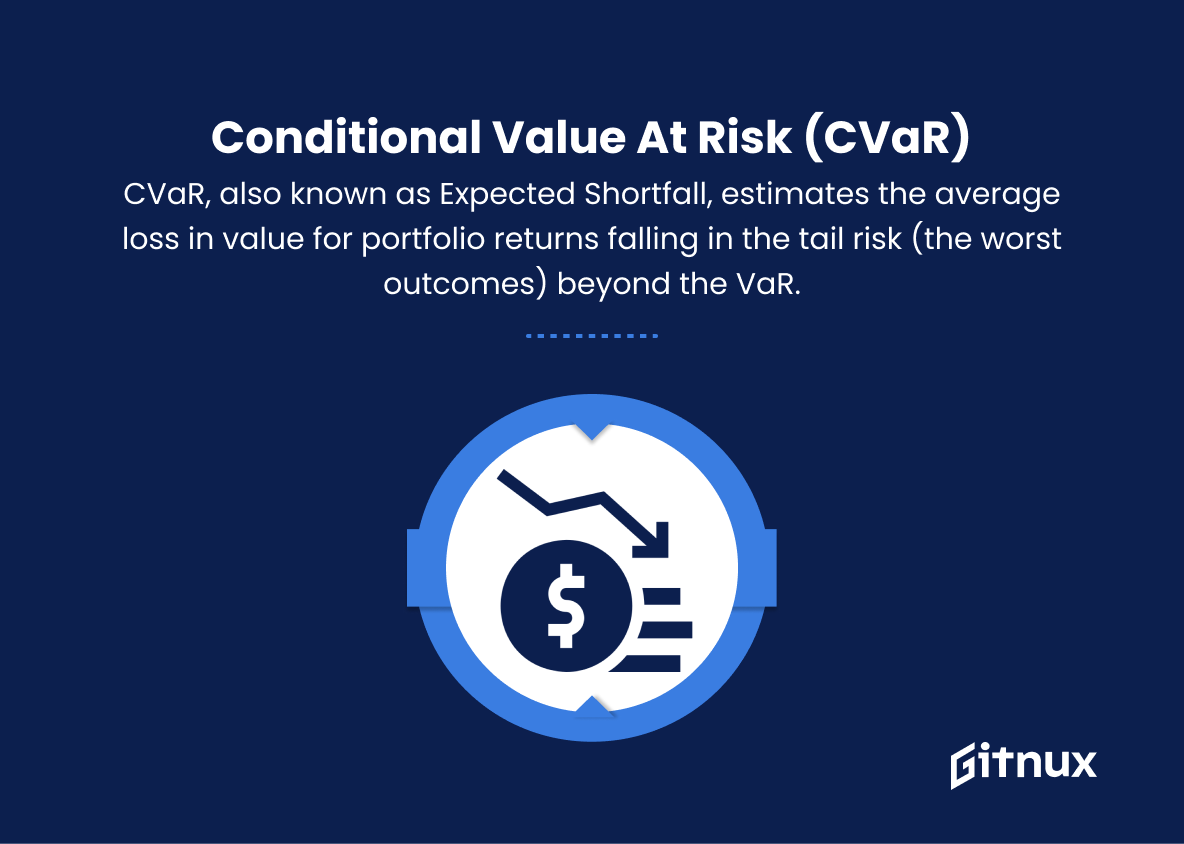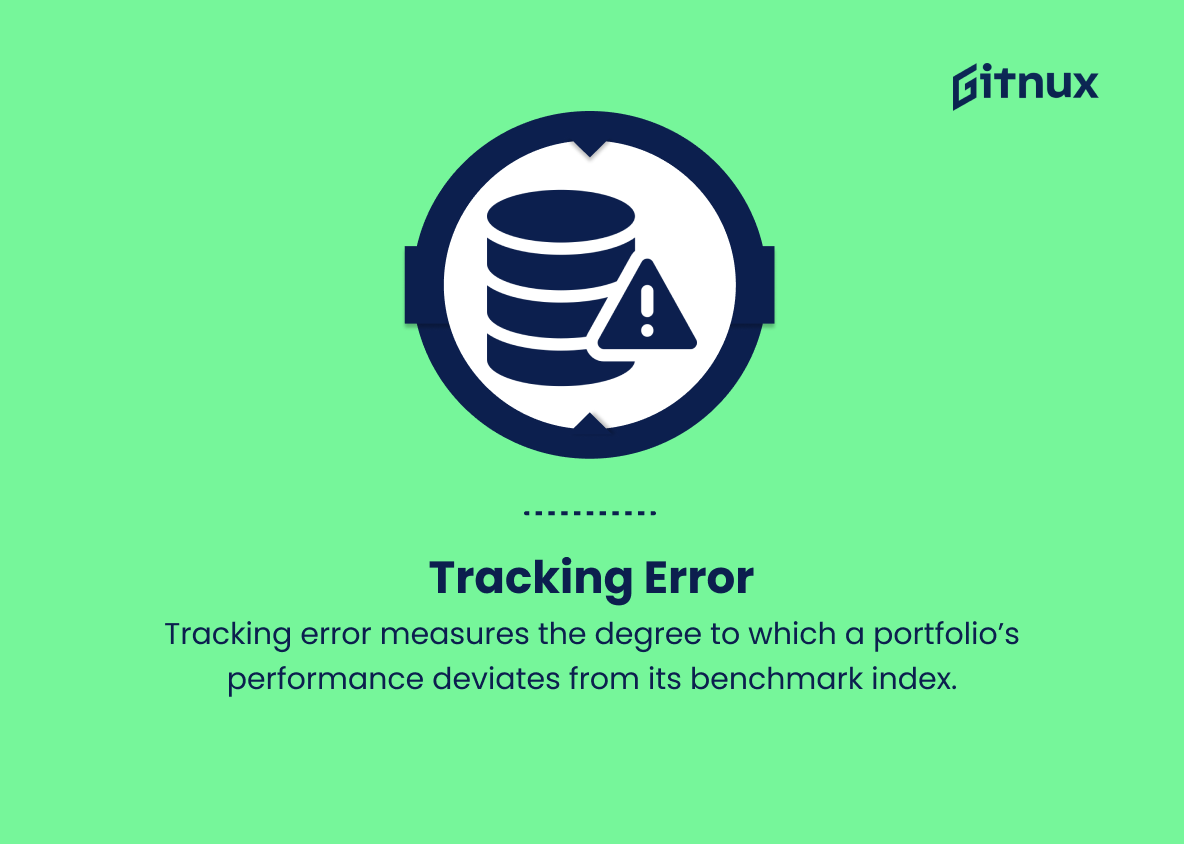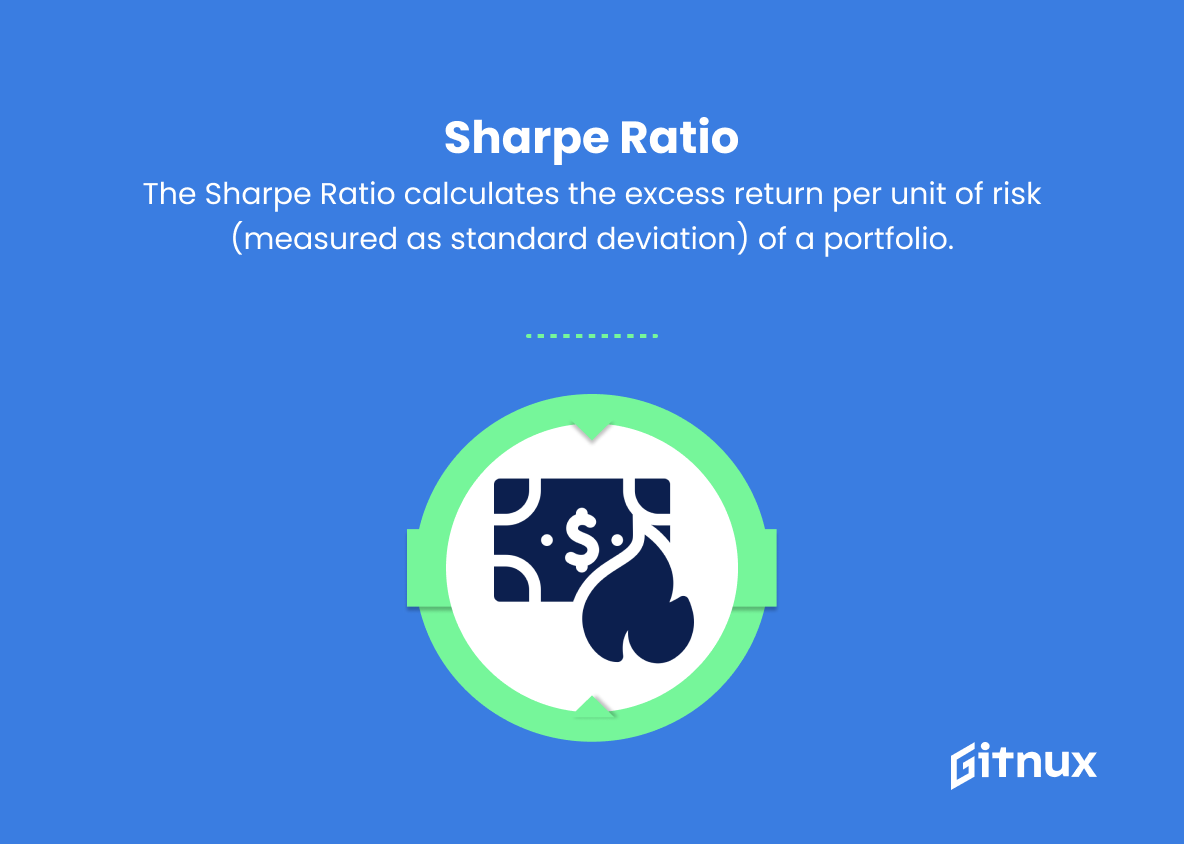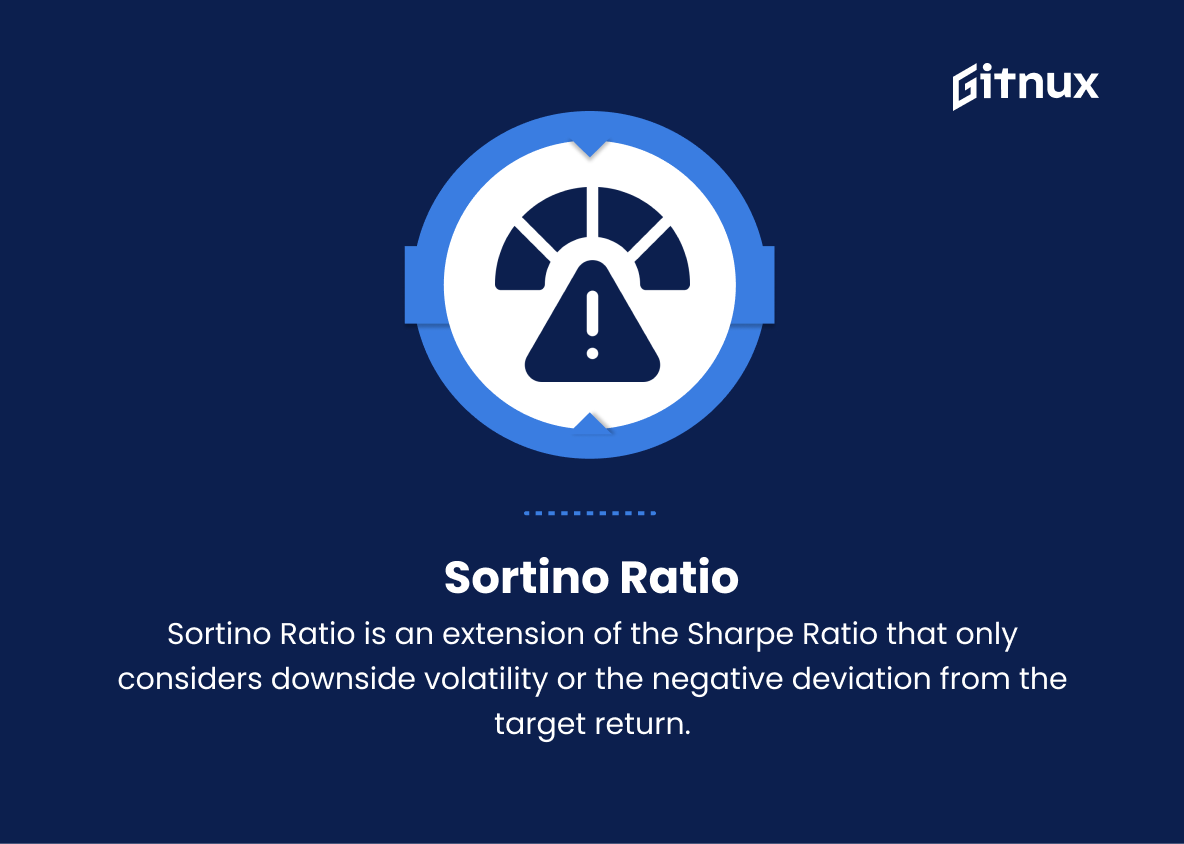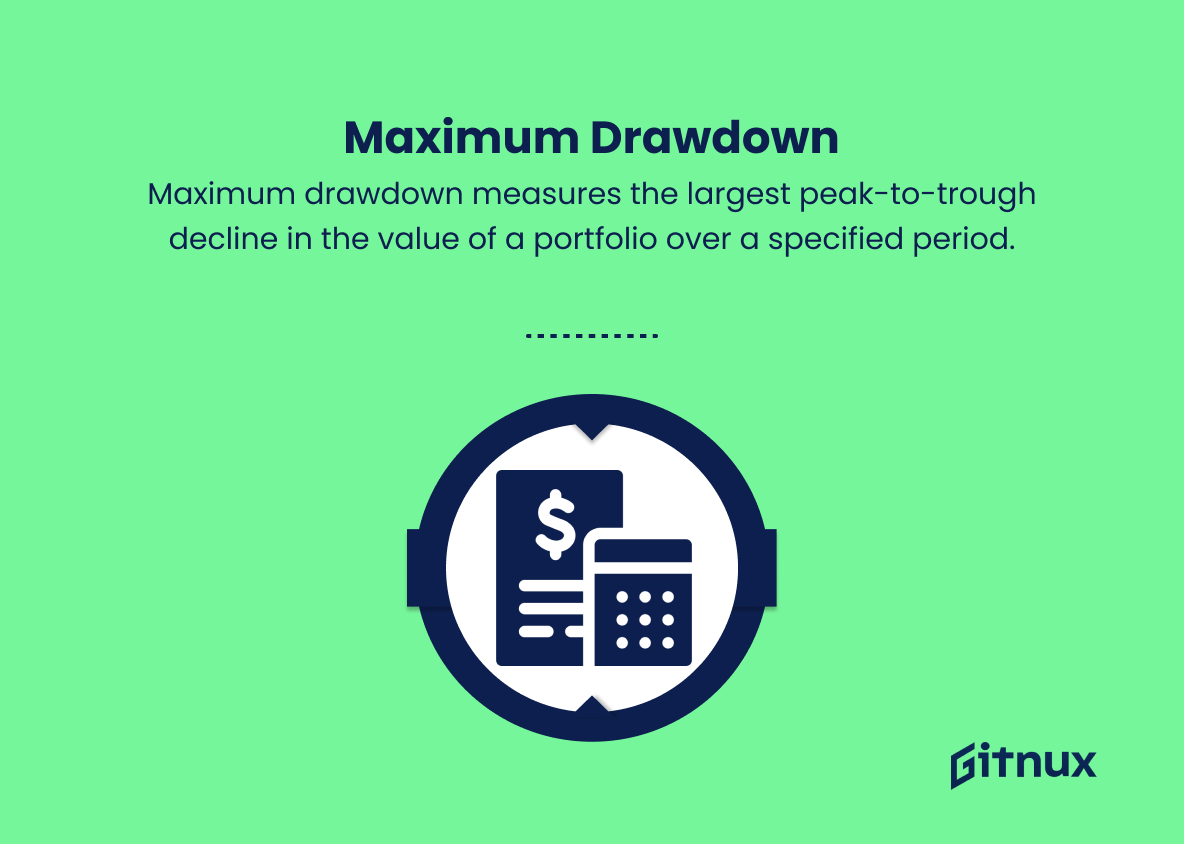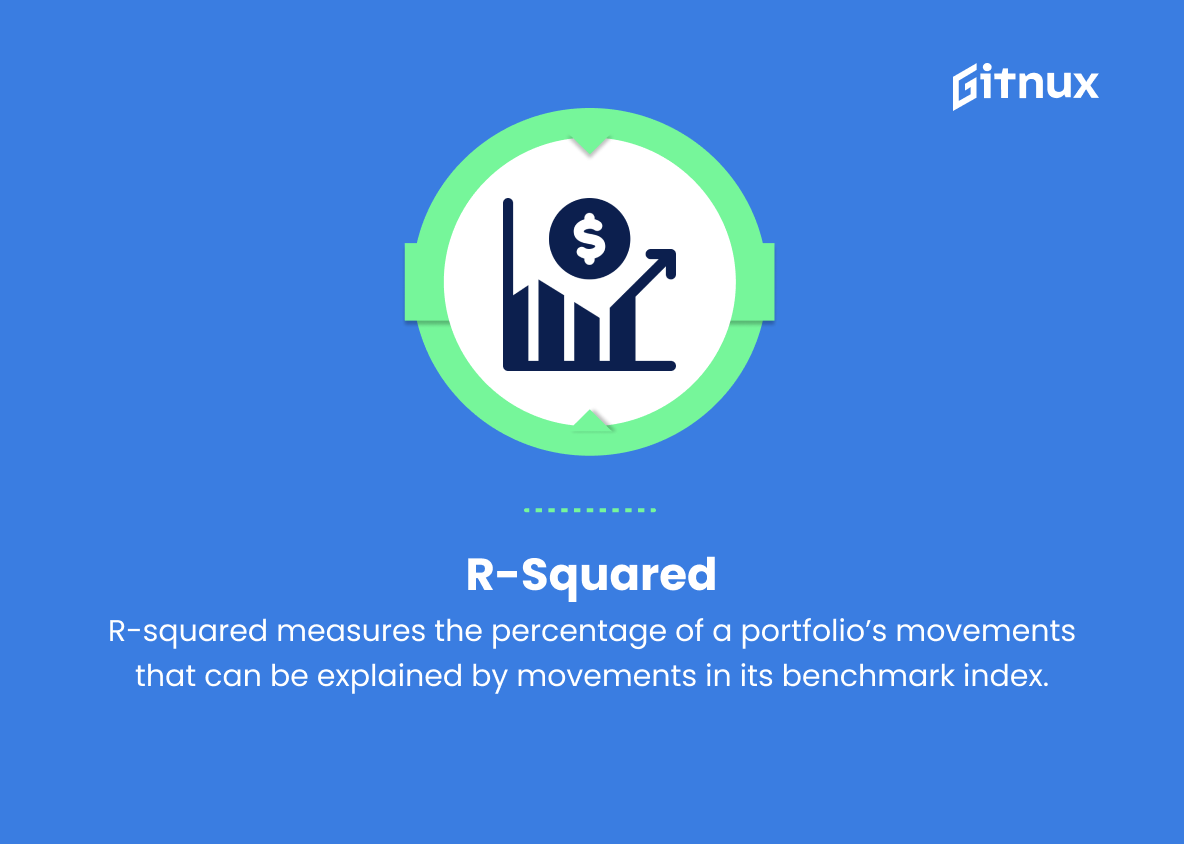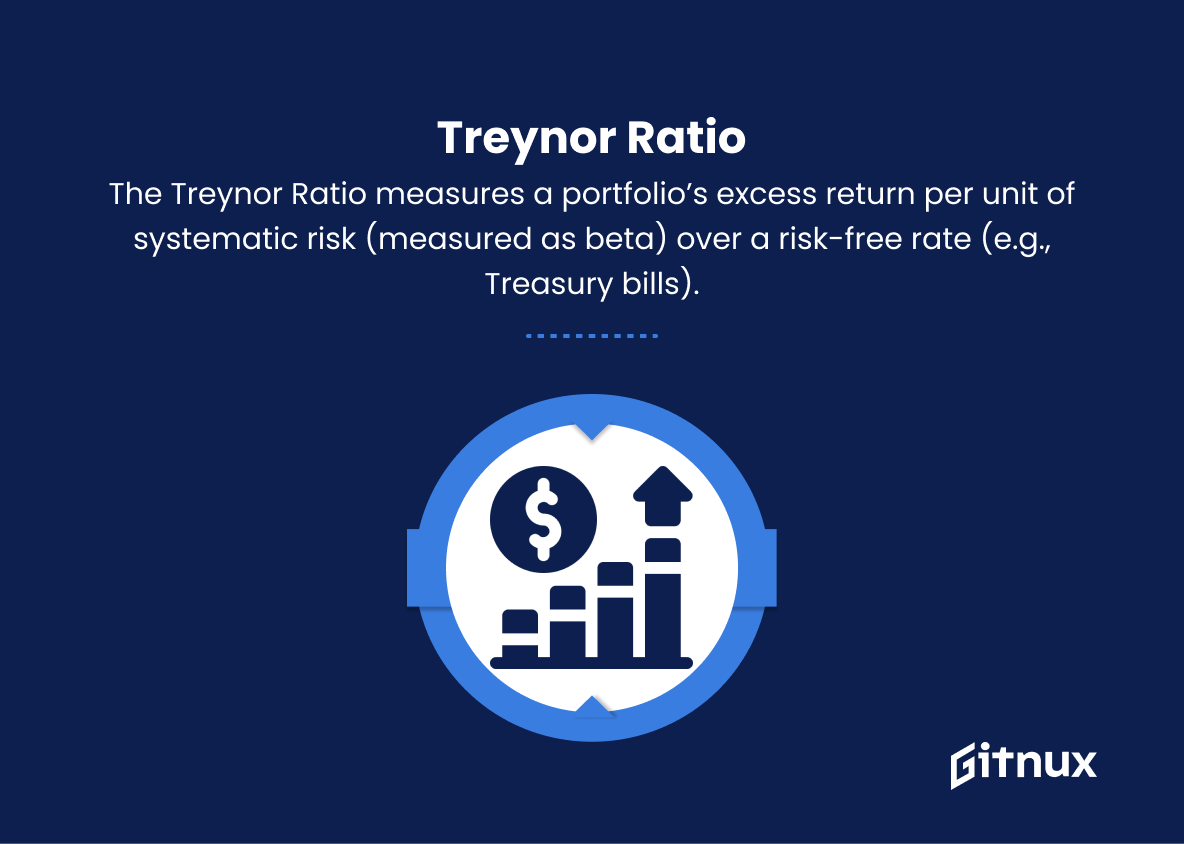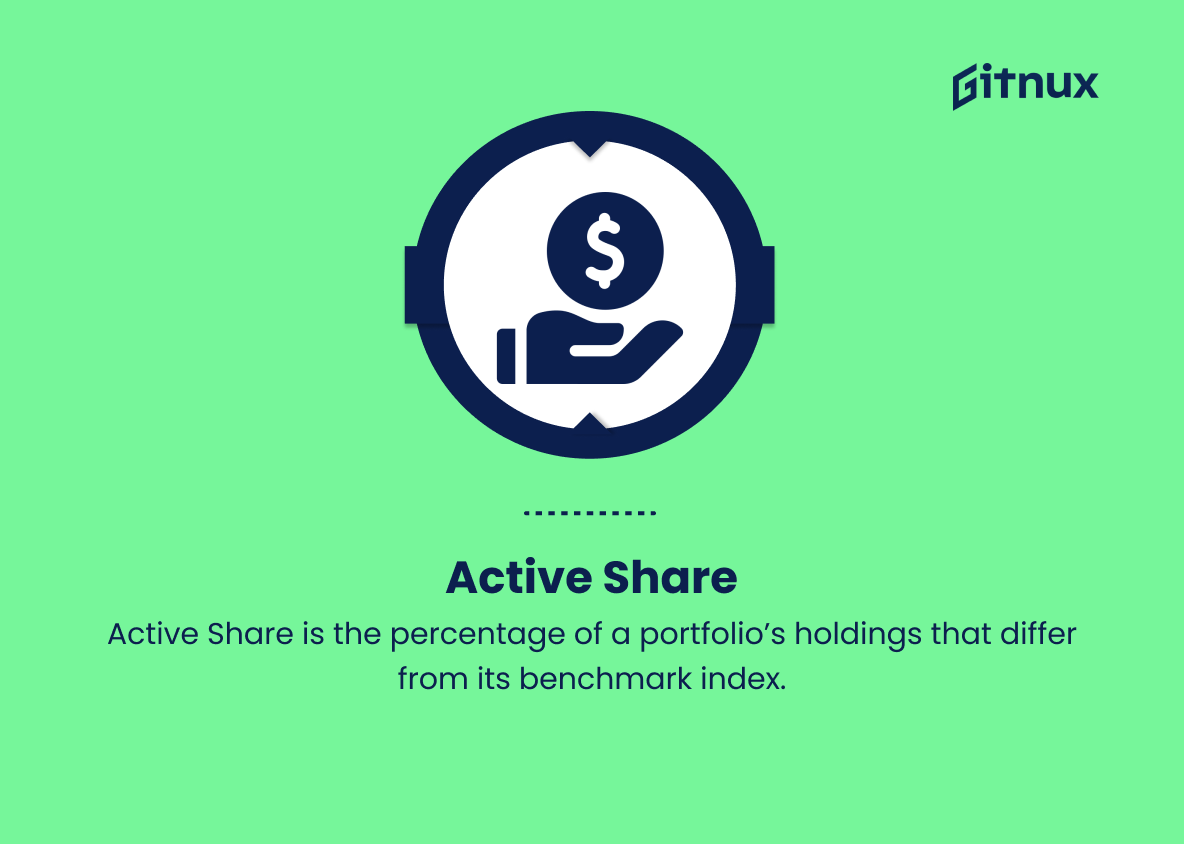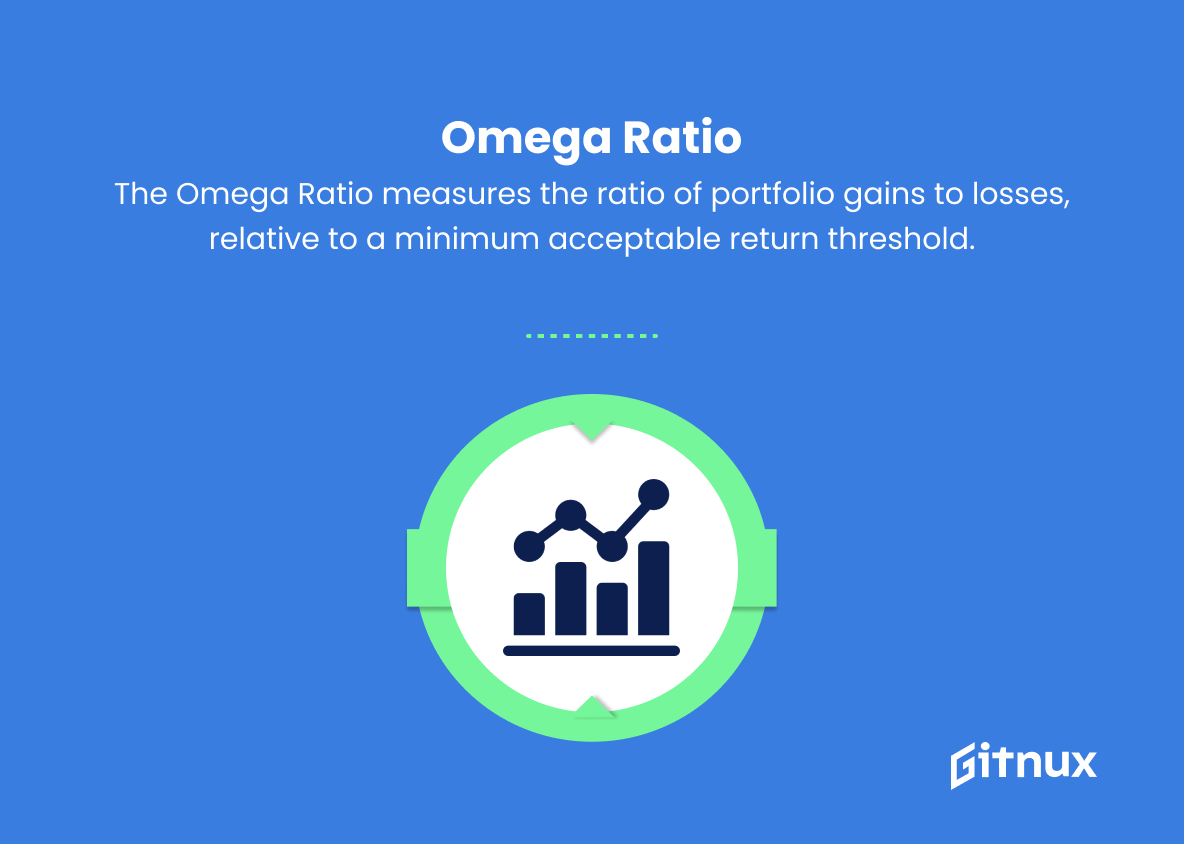In today’s fast-paced and ever-evolving financial landscape, staying informed and mastering the art of risk management is crucial for building and maintaining a successful investment portfolio. Portfolio Risk Metrics, the focus of our blog post today, are indispensable tools that empower investors, financial advisors, and asset managers to analyze and understand the risk associated with their investments.
By diving deep into these essential measurements, we aim to equip readers with valuable insights and practical knowledge needed to make informed decisions, enhance potential returns, and ultimately minimize the exposure to unforeseen risks. Join us as we explore Portfolio Risk Metrics, the building blocks of a secure and robust investment strategy that lays the foundation for long-term financial success.
Portfolio Risk Metrics You Should Know
1. Standard Deviation
It measures the volatility of a portfolio’s returns, indicating the degree of fluctuations in its value. A higher standard deviation implies greater risk, as it shows that the returns are more dispersed from the average return.
2. Beta
Beta measures the portfolio’s sensitivity to market movements. A beta of 1 suggests that the portfolio moves in line with the market, while a beta greater than 1 implies that the portfolio is more volatile, and a beta less than 1 means it’s less volatile than the market.
3. Value at Risk (VaR)
VaR is a statistical measure that estimates the maximum loss a portfolio could incur over a specific time period within a given level of confidence. The higher the VaR, the higher the risk, as it indicates the extent of potential losses.
4. Conditional Value at Risk (CVaR)
CVaR, also known as Expected Shortfall, estimates the average loss in value for portfolio returns falling in the tail risk (the worst outcomes) beyond the VaR. It is considered more robust than VaR as it accounts for extreme losses.
5. Tracking Error
Tracking error measures the degree to which a portfolio’s performance deviates from its benchmark index. A higher tracking error indicates greater divergence from the benchmark, and greater active risk taken by the portfolio manager.
6. Sharpe Ratio
The Sharpe Ratio calculates the excess return per unit of risk (measured as standard deviation) of a portfolio. A higher Sharpe Ratio indicates better risk-adjusted performance.
7. Sortino Ratio
Sortino Ratio is an extension of the Sharpe Ratio that only considers downside volatility or the negative deviation from the target return. A higher Sortino Ratio indicates better downside risk-adjusted performance.
8. Maximum Drawdown
Maximum drawdown measures the largest peak-to-trough decline in the value of a portfolio over a specified period. It shows the worst-case decline in value and helps investors understand the potential risk associated with the investment.
9. R-squared
R-squared measures the percentage of a portfolio’s movements that can be explained by movements in its benchmark index. A higher R-squared indicates a stronger correlation between the portfolio and the benchmark, implying that the portfolio’s performance is more heavily influenced by market movements.
10. Treynor Ratio
The Treynor Ratio measures a portfolio’s excess return per unit of systematic risk (measured as beta) over a risk-free rate (e.g., Treasury bills). A higher Treynor Ratio indicates better performance in relation to market risk.
11. Active Share
Active Share is the percentage of a portfolio’s holdings that differ from its benchmark index. A higher Active Share implies a higher degree of active management, and possibly greater potential for outperforming the benchmark.
12. Omega Ratio
The Omega Ratio measures the ratio of portfolio gains to losses, relative to a minimum acceptable return threshold. A higher Omega Ratio indicates a better risk-reward profile, showing more gains relative to losses.
13. Skewness and Kurtosis
Skewness measures the degree of asymmetry in a portfolio’s return distribution, while Kurtosis measures the degree of “peakedness” or tail risk. A positively skewed portfolio distribution indicates a higher likelihood of extreme positive returns, while a negatively skewed one signifies a higher likelihood of extreme negative returns.
14. Information Ratio
The Information Ratio measures the consistency with which a portfolio manager outperforms its benchmark, factoring in the tracking error. A higher Information Ratio suggests better risk-adjusted performance and the manager’s skill in delivering excess returns consistently.
Portfolio Risk Metrics Explained
Portfolio Risk Metrics hold significance in the investment world as they allow investors to comprehensively evaluate the performance and risk profile of an investment portfolio. Metrics such as Standard Deviation and Beta assess the volatility and sensitivity to market movements, while VaR and CVaR help estimate potential losses during a specific time period. Tracking Error, Sharpe Ratio, Sortino Ratio, Maximum Drawdown, R-squared, and Treynor Ratio provide insights into different aspects of performance, risk-adjusted returns, and market correlations.
ctive Share, Omega Ratio, Skewness, Kurtosis, and Information Ratio offer insight into the degree of active management, risk-reward profile, distribution characteristics, and consistency of outperformance. Altogether, these metrics offer a holistic understanding of a portfolio’s risk dynamics, aiding investors in making informed decisions about their investments.
Conclusion
In summary, portfolio risk metrics are not just important tools for investors, but essential components for sound financial decision-making. By keeping a close eye on metrics like beta, standard deviation, VaR, and stress testing, one can make more informed choices and effectively manage their investments.
Furthermore, understanding the correlation between different assets and the diversification benefits they bring can help in achieving a well-balanced and risk-adjusted portfolio. By continually monitoring and adjusting these risk metrics, investors can confidently navigate the financial markets and mitigate potential losses while maximizing their potential for growth.
